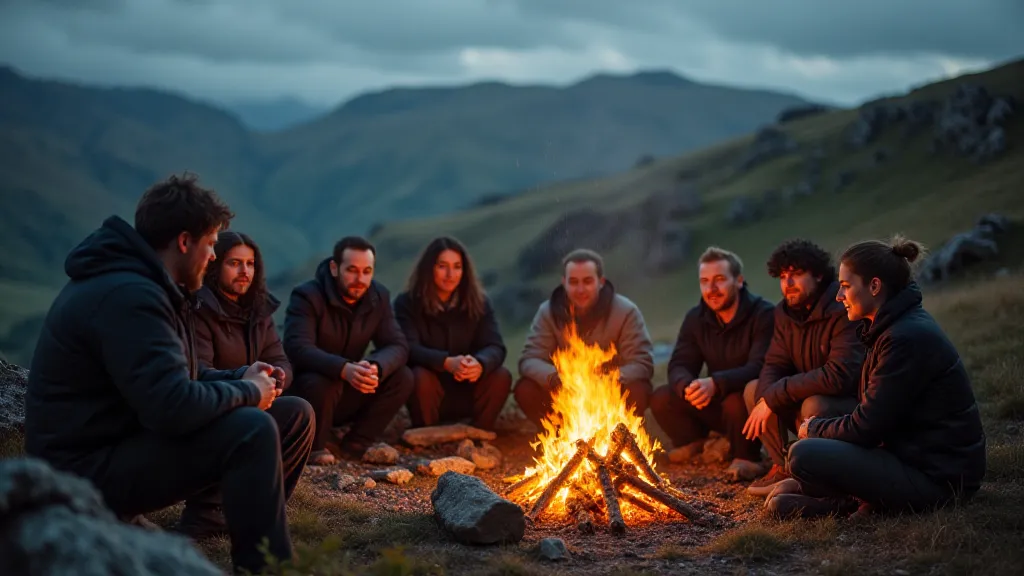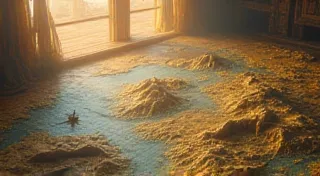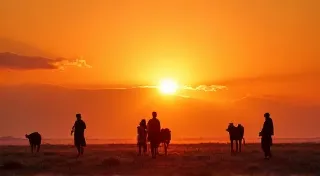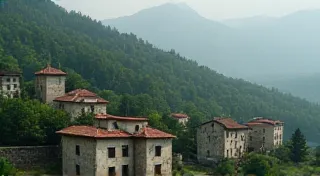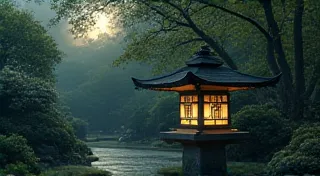The Legends of the Scottish Highlands: Myths and Folklore
The Scottish Highlands, a landscape of dramatic mountains, shimmering lochs, and ancient forests, is steeped in a rich tapestry of folklore and legend. For centuries, these stories have been passed down through generations, shaping the cultural identity of the Highland people and offering insights into their history, beliefs, and connection to the land. This article explores some of the most captivating tales, examining their origins and their enduring significance.
The Realm of the Faerie Folk
Perhaps the most prevalent element of Highland folklore is the belief in the Daoine Sìth, or 'the People of Peace', more commonly known as faeries or fae. These weren't the benevolent, Tinkerbell-like figures of popular imagination. Highland fae were often mischievous, capricious, and sometimes dangerous, demanding respect and offerings. They lived in a parallel world, often linked to specific locations like hills, lochs, and burial mounds – places considered liminal and powerful.
Stories abound of humans being lured into faerie rings, never to return, or of children being swapped for changelings – faerie infants left in place of human babies. These tales served as cautionary reminders to respect the boundaries between the human world and the fae realm, and to be wary of straying too far from home.
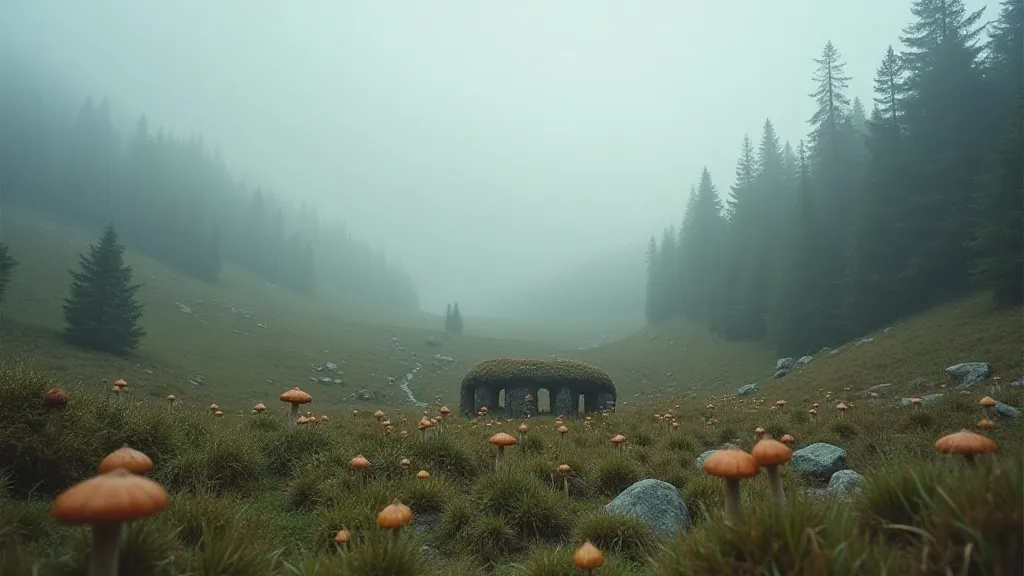
The Fearsome Kelpie
Lochs and rivers are integral to the Highland landscape, and with them come stories of aquatic spirits. The Cù-sìth, or kelpie, is one of the most notorious. Often appearing as a beautiful horse, it would lure unsuspecting travelers into the water, drowning them and dragging them to their watery graves. The kelpie served as a symbol of the dangers of the wild landscape and the need for caution near bodies of water. Stories emphasized the importance of tying a knot in a horse's tail to prevent it from being transformed into a kelpie.
Ancient Heroes and Battles
Beyond the realm of faeries and kelpies, Highland folklore is filled with tales of heroic figures and epic battles. Stories of legendary warriors like Robert the Bruce and William Wallace intertwine with older, pre-Christian narratives. These tales often reflect the clans' long history of conflict and their fierce independence. The stories of these heroes served to instill bravery and loyalty, shaping the Highland identity.
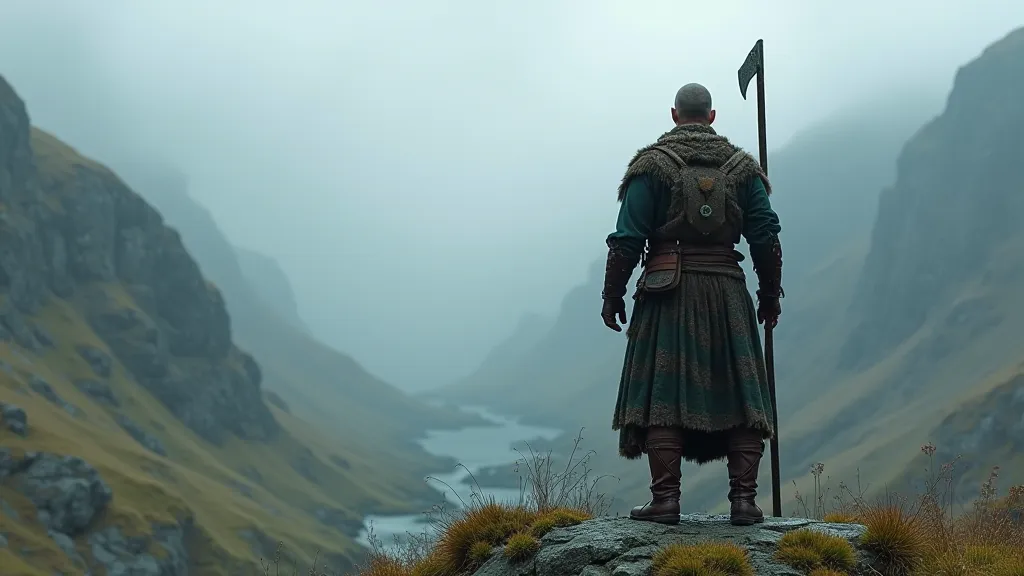
The Significance of Oral Tradition
For centuries, Highland stories were passed down orally, from parent to child, from bard to clan. The Gaelic language was intrinsically linked to these traditions, and the loss of the language has sadly resulted in a decline in the transmission of these rich narratives. However, efforts are being made to preserve and revitalize Gaelic culture, ensuring that these invaluable stories are not lost to time.
Modern Relevance and Cultural Heritage
The legends of the Scottish Highlands continue to resonate today. They are a vital part of the region’s cultural heritage, attracting visitors from around the world and inspiring artists, writers, and musicians. Understanding these stories offers a deeper appreciation for the history, landscape, and spirit of the Highlands, reminding us of the power of storytelling to connect us to our past and shape our understanding of the world.
